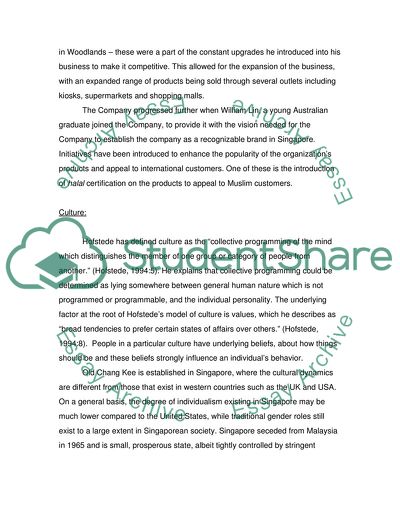Cite this document
(Applying Hofstedes Cultural Dimensions Theory Essay Example | Topics and Well Written Essays - 1250 words, n.d.)
Applying Hofstedes Cultural Dimensions Theory Essay Example | Topics and Well Written Essays - 1250 words. https://studentshare.org/culture/1713219-hofstedes-cultural-framework-the-topic-is-old-chang-kee
Applying Hofstedes Cultural Dimensions Theory Essay Example | Topics and Well Written Essays - 1250 words. https://studentshare.org/culture/1713219-hofstedes-cultural-framework-the-topic-is-old-chang-kee
(Applying Hofstedes Cultural Dimensions Theory Essay Example | Topics and Well Written Essays - 1250 Words)
Applying Hofstedes Cultural Dimensions Theory Essay Example | Topics and Well Written Essays - 1250 Words. https://studentshare.org/culture/1713219-hofstedes-cultural-framework-the-topic-is-old-chang-kee.
Applying Hofstedes Cultural Dimensions Theory Essay Example | Topics and Well Written Essays - 1250 Words. https://studentshare.org/culture/1713219-hofstedes-cultural-framework-the-topic-is-old-chang-kee.
“Applying Hofstedes Cultural Dimensions Theory Essay Example | Topics and Well Written Essays - 1250 Words”. https://studentshare.org/culture/1713219-hofstedes-cultural-framework-the-topic-is-old-chang-kee.


